 |
View as a two-column galley proof
View as a feature
Charles Becker: The "Crookedest" Cop in New York
by Jay Robert Nash
Of the myriad bribe-taking cops in New York during the late 1890s and early 1900s, none was more venal and corrupt than Charles Becker. As a police lieutenant, Becker operated on both sides of the law to serve his avaricious ends. He made a fortune by protecting New York City gamblers, until he arrogantly decided that one of these sharpers should be killed, and he ordered the murder of Herman Rosenthal.
 |
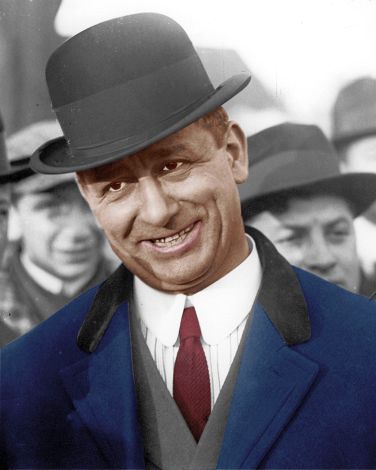 |
| NYPD Lieutenant Charles Becker, the crooked cop, who ran the Tenderloin's criminal operations; he ordered a gambler killed in 1912 and went to the electric chair three years later. |
This blatant slaying by hired killers under Becker's command eventually led Becker to the electric chair, but long before that Becker ruled the gambling empire of New York City. His word was law and to break his law was to face unendurable punishment, ruination, and early death. Becker's dark career began in the heart of New York's Tenderloin, the most exciting, dramatic and vice-ridden area of America at the time.
The sixth child of ten, Becker was born on July 26, 1870 in the small hamlet of Callicoon Center, New York. By the time he was eighteen, he had developed a tall, powerful body with broad shoulders, massive arms, and enormous hands that, when doubled into fists, were like the flat sides of two stonemason hammers.
 |
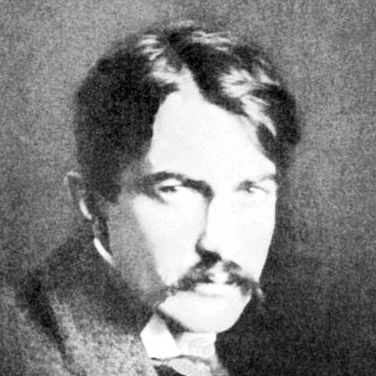 |
| Famed author Stephen Crane, who witnessed Becker assaulting a New York streetwalker in 1893 and filed a complaint against him, which only drew a reprimand. |
At this time, Becker traveled to New York City to make his fortune, first as a baker, then a waiter and bouncer in The Atlantic Gardens, a sprawling outdoor German beer garden. He met Big Tim Sullivan, head of the corrupt Tammany Hall political machine and Sullivan arranged for him to buy his way onto the New York Police Force. In 1893, Becker paid a $250 fee to Tammany for his appointment to the force, which was then one third of the annual salary of a New York policeman.
Becker first worked in the Fulton Street area and was later moved to the Tenderloin. This was the prime area for venal cops on the take. The Tenderloin stretched approximately between Twenty-third and Forty-fourth streets and between Third and Seventh Avenues, this being the old Twenty-ninth Precinct. Here could be found the best hotels, finest theaters and restaurants, as well as hundreds of posh gambling dens, lavish bordellos, and vice dens of all sorts, a plum for grafting policemen such as the bribe-taking Becker.
 |
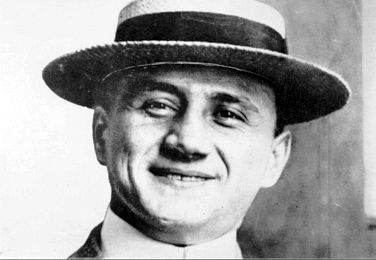 |
| New York gangster Jacob "Big Jack" Zelig, Becker's enforcer, who commanded the murder crew that killed gambler Herman Rosenthal on Becker's order. |
Most of the graft went to his superiors and Becker had to be content with beating up streetwalkers for small payoffs. He assaulted one such hapless young woman in the presence of one of America's greatest writers, Stephen Crane, who had him charged with battery. Becker got off with a reprimand. Crane went on to write a novel about the girl, Maggie: A Girl of the Streets, published in 1893, two years before his classic Civil War novel, The Red Badge of Courage.
 |
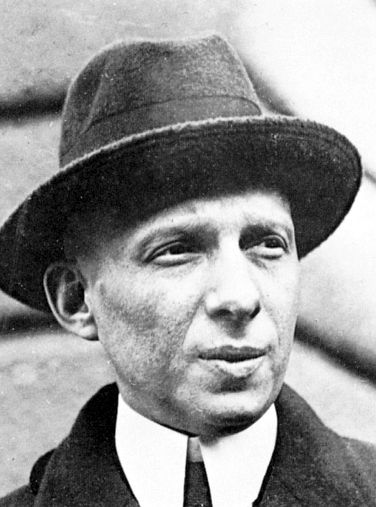 |
| Gambler "Bald Jack" Rose, a Becker henchman, who helped to set up Rosenthal's murder. |
By 1907, Becker had been promoted to sergeant and became the bagman for Captain Max Schmittberger, the police chief who controlled the Tenderloin. Becker collected all kickbacks from the scores of bordellos and gambling dens and received ten percent of what he delivered to Schmittberger. After Schmittberger was dismissed on charges of corruption, Becker was promoted to lieutenant and, by 1911, became the boss of the Tenderloin. He grew rich and so powerful that he dictated all illegal operations in the area. His squad of goons, led by gangster Jacob "Big Jack" Zelig, silenced any underworld opponents by sending them to either the hospital or the morgue.
 |
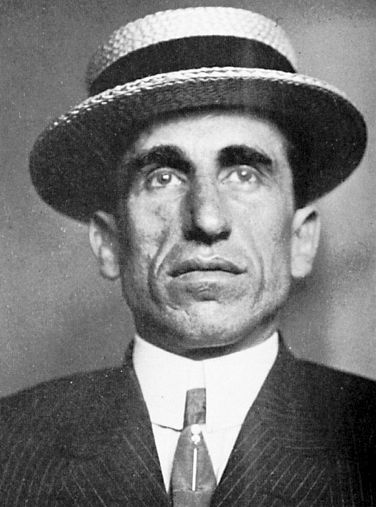 |
| Harry Vallon, another Becker henchman, who tracked Rosenthal to the Metropole Hotel and then notified his killers as to their prey's whereabouts. |
One such truculent client was gambler Herman "Beansie" Rosenthal, who refused to kick back any of the considerable winnings from his Hesper Club, a lavish gambling den in a three-story brownstone at 104 West 45th Street, just off Sixth Avenue. Becker visited Rosenthal and slammed him into a wall, shouting: "I fix the payoffs in New York. You either pay me or die."
 |
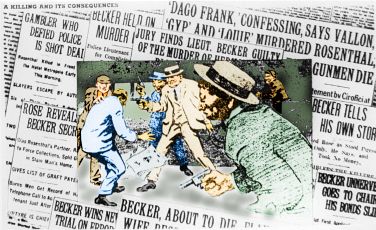 |
| The shooting of Herman 'Beansie" Rosenthal, outside New York's Metropole Hotel on the night of July 16, 1912; four gunman boldly shot him to death before dozens of witnesses. |
Rosenthal stubbornly refused to pay off and went to authorities, filing a complaint against Becker. When Becker heard of the complaint, he told Zelig: "I want Rosenthal croaked!" Becker's goons went into action. Gamblers "Bald Jack" Rose and Harry Vallon informed Zelig that Rosenthal would be at the Metropole Hotel on 43rd Street, just east of Broadway in the early hours of July 16, 1912. Four of Zelig's killers went to the hotel and waited for Rosenthal to emerge from the hotel restaurant.
When Rosenthal stepped to the street, one of the gangsters shouted: "Over here, Herman!" Rosenthal, squinted into the darkness, unable to identify the man, who called out to him. He took a hesitant step forward, saying: "Who's that?" The killers closed in on him, just barely entering the glaring lights from the hotel marquee, and five shots rang out, striking Rosenthal at close range. The bullets struck him in the neck, the nose and two in the head. Rosenthal, spouting blood, fell dead in the street.
 |
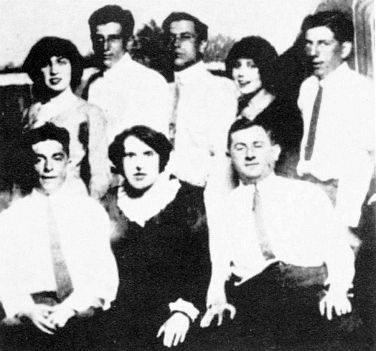 |
| A rare photo of the killer crew that murdered Herman Rosenthal, taken at a picnic the day after these four gangsters murdered him; they are (left to right, standing), Harry "Gyp the Blood" Horowitz, Louis "Lefty Louie" Rosenberg, "Dago Frank" Cirofici, and (sitting at left), Jacob "Whitey Lewis" Seidenschmer; all were executed in 1913. Their boss, Charles Becker, followed them to the chair two years later. |
The murder was blatant, dozens of citizens seeing the killers, who were quickly rounded up, tried and convicted. All four men—Harry "Gyp the Blood" Horowitz, Louis "Lefty Louie" Rosenberg, "Dago Frank Cirofici, and Jacob "Whitey Lewis" Seidenschmer—were executed in Sing Sing's electric chair on April 14, 1913. Zelig was already dead, killed by a gangster sent by Becker to silence him. It did Becker little good. After two trials, he was convicted of masterminding the Rosenthal murder and followed his henchmen to the Death House at Sing Sing, executed on July 30, 1915.
Becker died horribly as the electric chair malfunctioned. His execution had taken nine minutes and was later considered one of the most "botched" executions in Sing Sing's history. A news reporter later wrote how he: "watched and listened to the rasping sound of the wooden switch lever being thrown backward and forward and saw the greenish-blue blaze at the victim's head and feet, and the grayish smoke curling away from the scorched flesh." However, to phalanxes of gamblers, police officers and members of the underworld, the news that the "Crookedest Cop in the World" was dead came as a great relief.
View as a two-column galley proof
View as a feature
|
 |